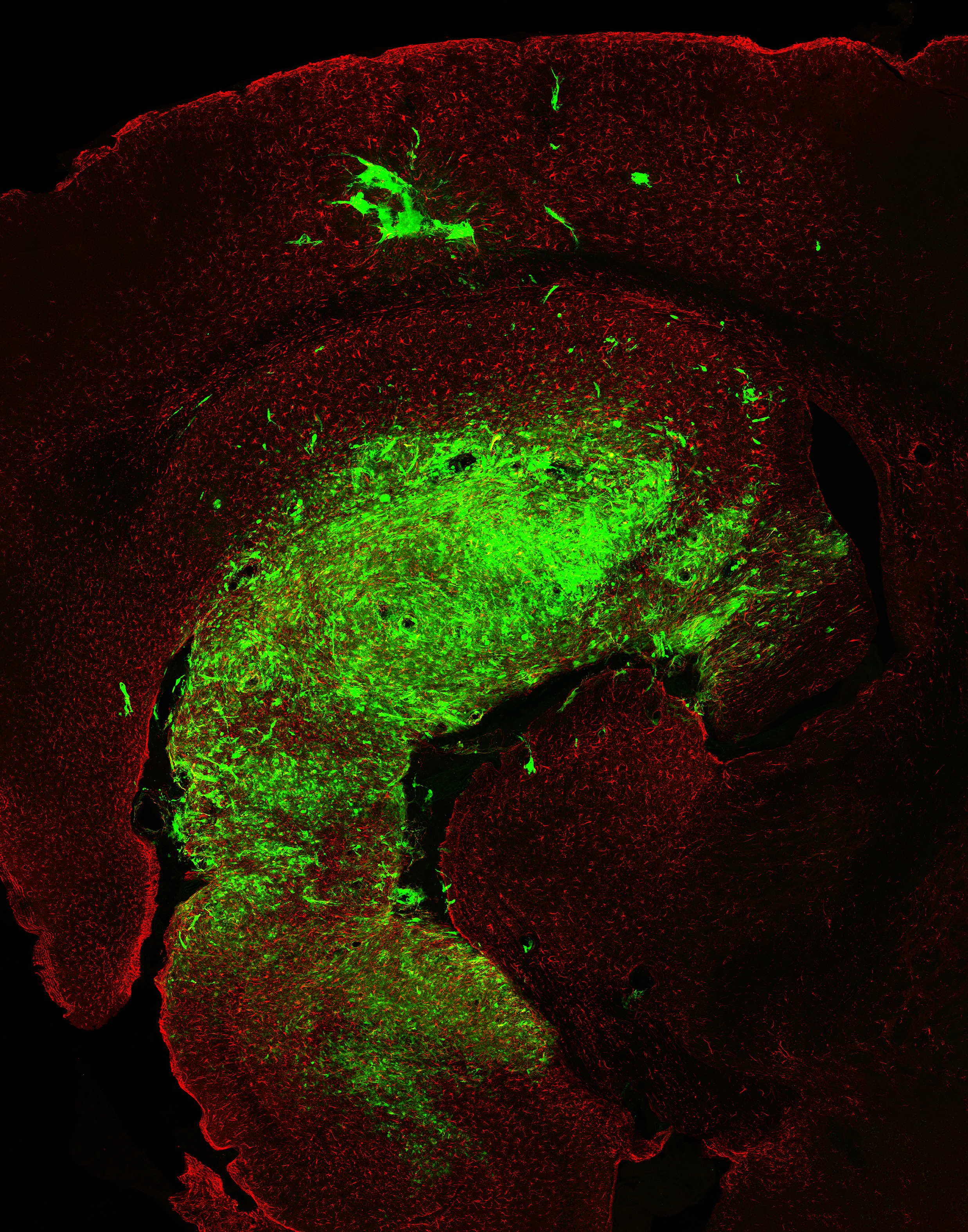When you buy through link on our web site , we may bring in an affiliate commission . Here ’s how it works .
Is the common nature of Crab worldwide strictly a man - made phenomenon ? That is what some researcher now suggest .
Still , other specialist in cancer and in human fossil have strong incertitude about this belief .

This image shows a single cell grown from a culture of lung epithelial cancer cells. The purple spheres are ‘blebs’: irregular bulges where the cell’s internal scaffolding - its cytoskeleton - becomes unlinked from the surface membrane. This image received an award from the Wellcome Trust, as part of the annual Wellcome Image Awards, for its ability to communicate the wonder and fascination of science.
Cancer is a leading cause of destruction worldwide , accounting for around one in eight of all deaths in 2004 , according to the World Health Organization . However , scientists have only notice one case of the disease in investigations of hundreds ofEgyptian mummies , research worker Rosalie David at the University of Manchester in England said in a statement . ( The researchers did not respond to restate query made via phone and e - ring mail . )
The rarity of genus Cancer in mummy suggests it was scarce in antiquity , and " thatcancer - have factorsare limited to societies affect by forward-looking industrialisation , " researcher Michael Zimmerman at Villanova University in Pennsylvania order in a argument . " In an ancient society lacking operative intervention , grounds of cancer should continue in all cases . "
Zimmerman was the first to diagnose cancer in an Egyptian mummy by analyze its tissues on a microscopic level , identifyingrectal cancerin an unnamed mom who had lived in the Dakhleh Oasis during the Ptolemaic period 1,600 to 1,800 years ago .

David and Zimmerman also analyse ancient literature from Egypt and Greece for hints of cancer , as well as aesculapian studies of human and animal remains going back to the age of dinosaur . They suggested evidence of cancer in animal fossils , non - human primates and former humanity was scarce , with a few dozen unsure example . As they analyzed ancient literature , they did not find description of operations for knocker and other Crab until the seventeenth century , and the first reports in the scientific literature of distinctive tumor have only take place in the past 200 years , such as scrotal cancer in chimney sweeper in 1775 , pinched Crab in snuff users in 1761 and Hodgkin ’s disease in 1832 .
{ { embed=“20101015 " } }
One potential reason cancer might have been comparatively uncommon in antiquity is that the short life sentence span of individuals back then forestall the development of the disease . Still , the researchers did note some people in ancient Egypt and Greece did hold up long enough to develop such disease as atherosclerosis , Paget ’s disease of bone , and osteoporosis .

David and Zimmerman therefore fence that Crab nowadays is mostly have by human beings - made environmental factors such as pollution and dieting . They detailed their finding in the October publication of the diary Nature Reviews Cancer .
" In industrialised societies , cancer is second only to cardiovascular disease as a reason of destruction , but in ancient times , it was super rarified , " David say in a statement . " There is nothing in the natural environment that can do malignant neoplastic disease . "
Despite that statement , dinosaur did modernize cancerwell before humans were on the scene . Also , others reason the short life spans of ancientness could be a deeply good reason as to why cancer might have been rarefied then .

" Crab is very rare in forward-looking societies in mankind under historic period 30 , " oncologist Dr. John Glaspy at UCLA ’s Jonsson Comprehensive Cancer Center say LiveScience . " In ancient time , people seldom hold out to be much elder than that . So Crab was rare . The ' wickedness ' of modern societies is having citizenry live to be much one-time . "
Another concern when examining the fogey record is that skeletal stiff might not preserve cancers very well . " To see cancers with the skeletal book , you really have to have a neoplasm that ’s affecting ivory , " paleoanthropologist John Hawks at the University of Wisconsin at Madison enunciate in a headphone interview . " Although there might be few confirmed diagnosis of neoplasm in bone , it ’s because cancer is a difficult diagnosis to make from bone . "
Hawks did note thatmodern lifestylescould certainly top to much eminent rates of cancer than in the past tense , but not necessarily due to pollution .

" When it comes to cancers such as breast malignant neoplastic disease , we know theage that a womanhood first has childrenor not makes a draw of departure in whether they get bosom Cancer the Crab , and back then the great unwashed had children ahead of time , which would have put them into a lower - risk family , " Hawks said .














